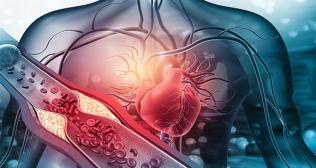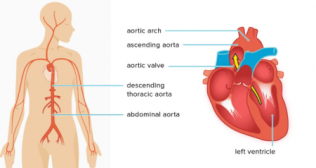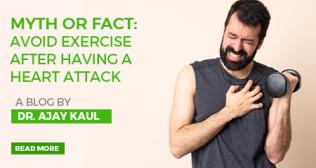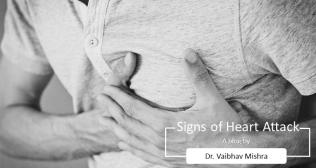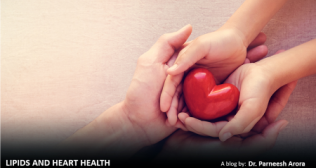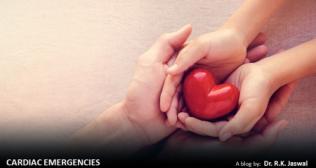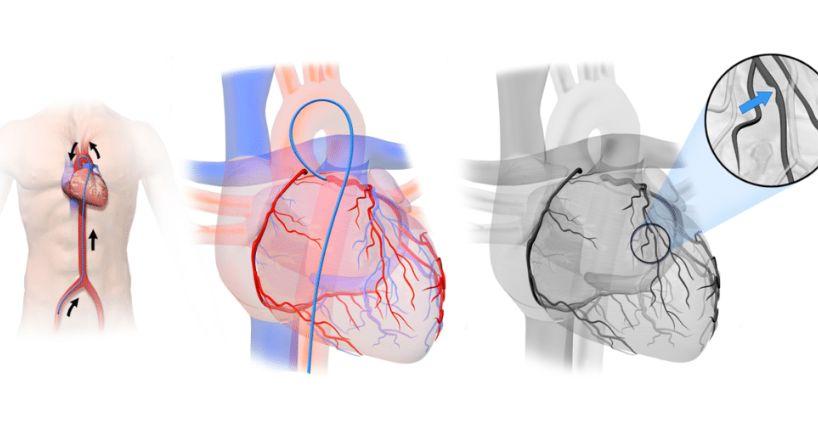
Cardiac Catheterisation Explained: Reasons, Steps, and Healing Process
Introduction
Cardiac catheterisation, more commonly known as heart catheterisation, is a popular medical intervention used for the diagnosis and even treatment of heart diseases. This involves inserting a catheter (a long, thin, flexible tube) into the heart through blood vessels in an arm, leg, or neck. This helps a doctor assess heart function and identify abnormalities, and the doctor can even begin treatment during the same sitting. It is of most use to patients suffering from chest pain, irregular heartbeat, or other heart disease symptoms since the process helps draw insightful conclusions about how well the heart is. In addition to diagnosis, cardiac catheterisation can also be used for intervention, that is, removing a catheter with abnormal heart rhythms (arrhythmias) and clearing obstructed arteries through coronary angioplasty.
Why is cardiac catheterisation done?
One of the primaries uses for the procedure is to diagnose coronary artery disease, in which the arteries that supply blood to the heart become narrowed or blocked. The doctors can determine whether the arteries appear healthy or contain blockages requiring treatment by injecting contrast dye through the catheter and taking X-ray images.
Cardiac catheterisation is both diagnostic and therapeutic. If, for example, a blockage is found in an artery, it is possible to do an angioplasty at the same time by inflating a small balloon within the artery to open up the artery. In some cases, small wire mesh tubes called stents can be placed in the artery to keep the artery open long-term.
Among the other justifications for cardiac catheterisation are the evaluation of heart valve disorders, evaluation for congenitally malformed heart disease, and heart muscle performance examination. Catheter ablation is a kind of heart catheterisation mainly applied to treat irregular heart rhythms.
Heart catheterisation process
- Preparation: Pre-procedure patients are subjected to pre-procedure tests, which mainly include blood work and ECGs. The treatment team is also going to examine the drugs that the patient is taking. The procedure is often performed under local anaesthesia but with some sedation, which will help calm down the patient in most cases.
- Catheter insertion: Starting with a small puncture in a blood vessel located in the wrist, groin, or neck, a catheter is passed through this blood vessel into the heart, while X-ray imaging, known as fluoroscopy, allows one to see how it is moving.
- Diagnostic or therapeutic procedure: The doctor can use the catheter to inject contrast dye for imaging, depending on the purpose. It may sometimes be used to draw blood samples, for a biopsy of the heart tissue or to take inside readings of the pressures in the chambers of the heart.
- Completion and removal: The catheter is removed very carefully after the procedure, and the incision site may be closed with sutures. Pressure may be applied to the site to control the oozing of blood, and a bandage or compression device will cover the incision.
Recovery post-cardiac catheterisation
Most patients who have undergone a heart catheterisation procedure can recover in a short period. However, this healing pertains only to the type of catheterisation performed on them.
- Immediately post-procedure: Patients are taken to the recovery room for several hours and monitored for their condition. The caregivers shall check for any indication of bleeding or swelling at the site where the medication was inserted. In most cases, the patients will be discharged on the same day, but others may have to spend a night at the hospital if additional treatment is administered there.
- Recovery at home: There may be bruising and tenderness at the catheter insertion site, but it typically subsides after a few days. Patients are generally cautioned to avoid heavy exercising for a week or so, maintaining a clean and dry environment for the area where the catheter was inserted.
- Long-term care: For the patient undergoing interventional procedures such as angioplasty or catheter ablation, lifestyle modification is adopted to benefit heart health, such as healthy diet intake, regular exercise, control of stress, and no smoking.
- After treatment follow-up: A patient would most likely visit a doctor several weeks after undergoing the procedure to ensure that the wound heals well and assess how the intervention worked. Complaints such as an increase in pain, swelling, or fever should promptly be reported to the doctor.
Conclusion
Cardiac catheterisation is an important diagnostic procedure that can diagnose various heart conditions and, at the same time, take measures to treat them. It can be used for diagnostic purposes, such as opening blocked arteries or for the treatment of arrhythmias by catheter ablation. Catheterisation of the heart is a minimally invasive, highly effective tool in modern cardiology. Understanding reasons, steps, and recovery makes patients feel more comfortable when they undergo this procedure, getting better results and peace of mind about one’s heart.
Popular Searches :
Hospitals: Cancer Hospital in Delhi | Best Heart Hospital in Delhi | Hospital in Amritsar | Hospital in Ludhiana | Hospitals in Mohali | Hospital in Faridabad | Hospitals in Gurgaon | Best Hospital in Jaipur | Hospitals in Greater Noida | Hospitals in Noida | Best Kidney Hospital in Kolkata | Best Hospital in Kolkata | Hospitals in Rajajinagar Bangalore | Hospitals in Richmond Road Bangalore | Hospitals in Nagarbhavi Bangalore | Hospital in Kalyan West | Hospitals in Mulund | Best Hospital in India | | Cardiology Hospital in India | Best Cancer Hospital in India | Best Cardiology Hospital in India | Best Oncology Hospital In India | Best Cancer Hospital in Delhi | Best Liver Transplant Hospital in India
Doctors: Dr. Rana Patir | Dr. Rajesh Benny | Dr. Rahul Bhargava | Dr. Jayant Arora | Dr. Anoop Misra | Dr. Manu Tiwari | Dr. Praveer Agarwal | Dr. Arup Ratan Dutta | Dr. Meenakshi Ahuja | Dr. Anoop Jhurani | Dr. Shivaji Basu | Dr. Subhash Jangid | Dr. Atul Mathur | Dr. Gurinder Bedi | Dr. Monika Wadhawan | Dr. Debasis Datta | Dr. Shrinivas Narayan | Dr. Praveen Gupta | Dr. Nitin Jha | Dr. Raghu Nagaraj | Dr. Ashok Seth | Dr. Sandeep Vaishya | Dr. Atul Mishra | Dr. Z S Meharwal | Dr. Ajay Bhalla | Dr. Atul Kumar Mittal | Dr. Arvind Kumar Khurana | Dr. Narayan Hulse | Dr. Samir Parikh | Dr. Amit Javed | Dr. Narayan Banerjee | Dr. Bimlesh Dhar Pandey | Dr. Arghya Chattopadhyay | Dr. G.R. Vijay Kumar | Dr Ashok Gupta | Dr. Gourdas Choudhuri | Dr. Sushrut Singh | Dr. N.C. Krishnamani | Dr. Atampreet Singh | Dr. Vivek Jawali | Dr. Sanjeev Gulati | Dr. Amite Pankaj Aggarwal | Dr. Ajay Kaul | Dr. Sunita Varma | Dr. Manoj Kumar Goel | Dr. R Muralidharan | Dr. Sushmita Roychowdhury | Dr. T.S. MAHANT | Dr. UDIPTA RAY | Dr. Aparna Jaswal | Dr. Ravul Jindal | Dr. Savyasachi Saxena | Dr. Ajay Kumar Kriplani | Dr. Nitesh Rohatgi | Dr. Anupam Jindal
Specialties: Heart Lung Transplant | Orthopedic | Cardiology Interventional | Obstetrics & Gynaecology | Onco Radiation | Neurosurgery | Interventional Cardiology | Gastroenterologist in Jaipur | Neuro Physician | Gynecologist in Kolkata | Best Neurologist in India | Liver Transfer | Best Cardiologist in Delhi








